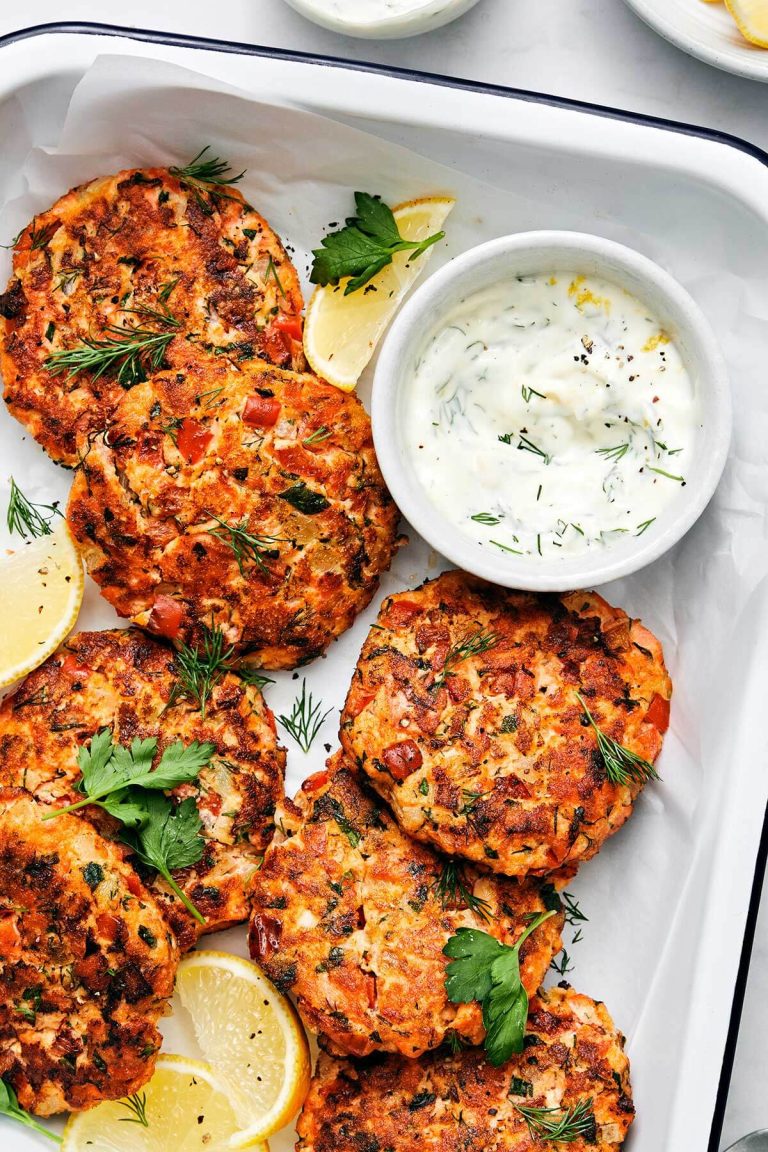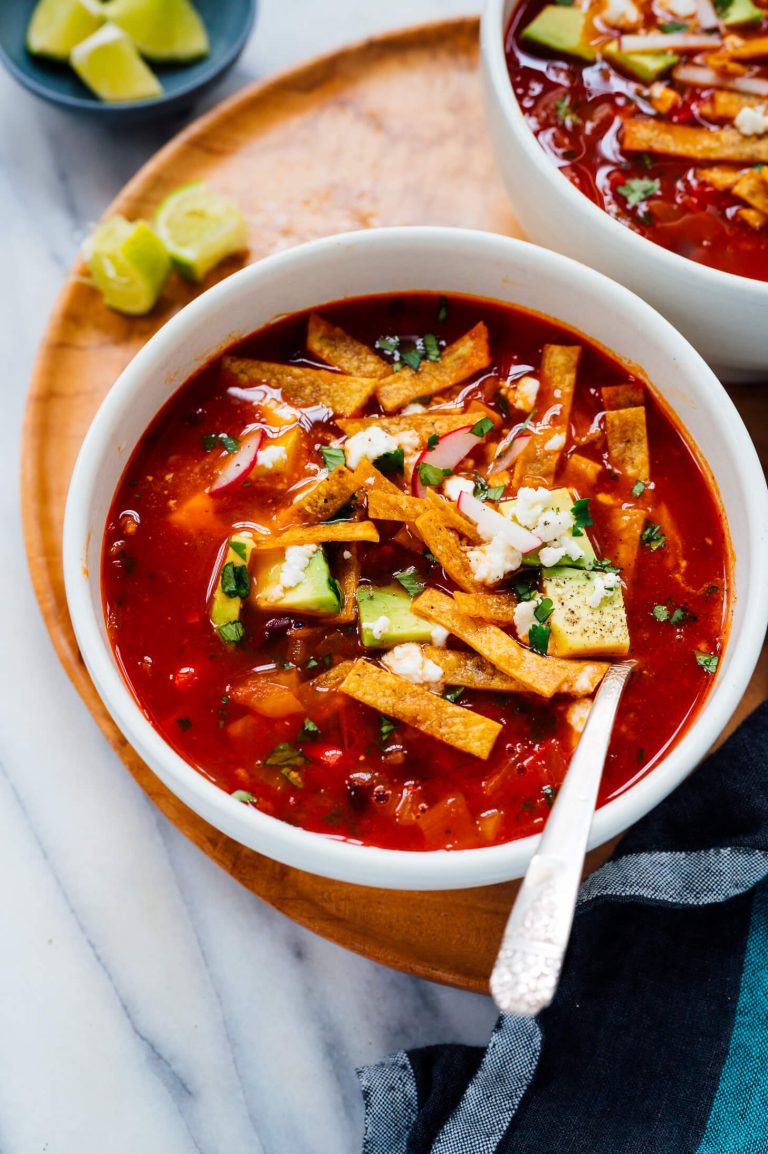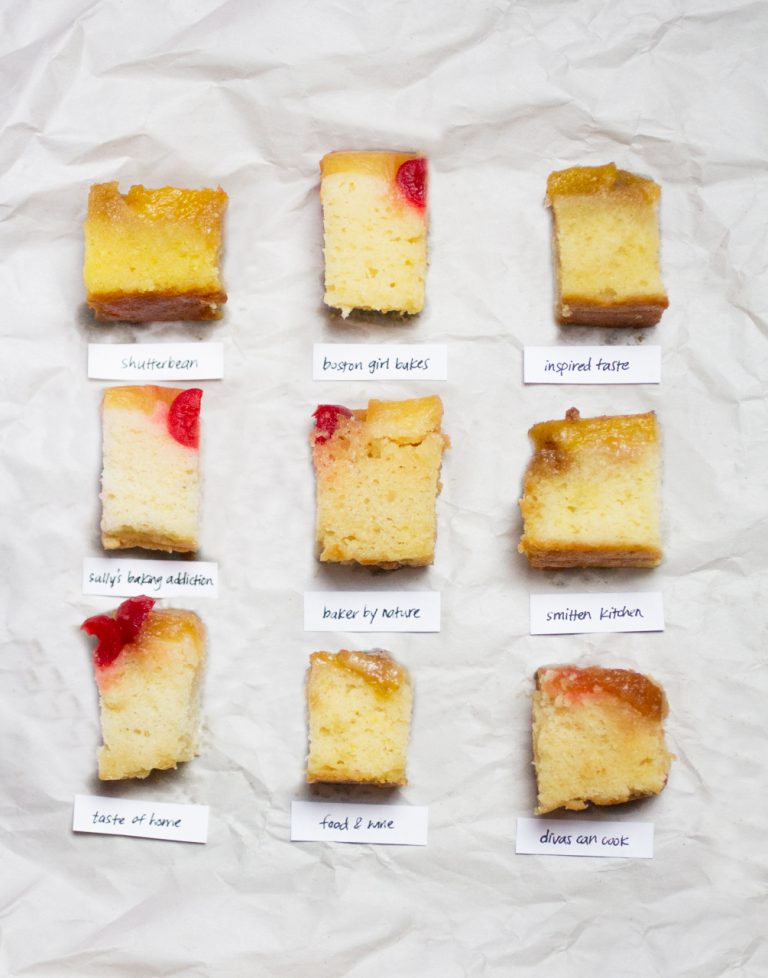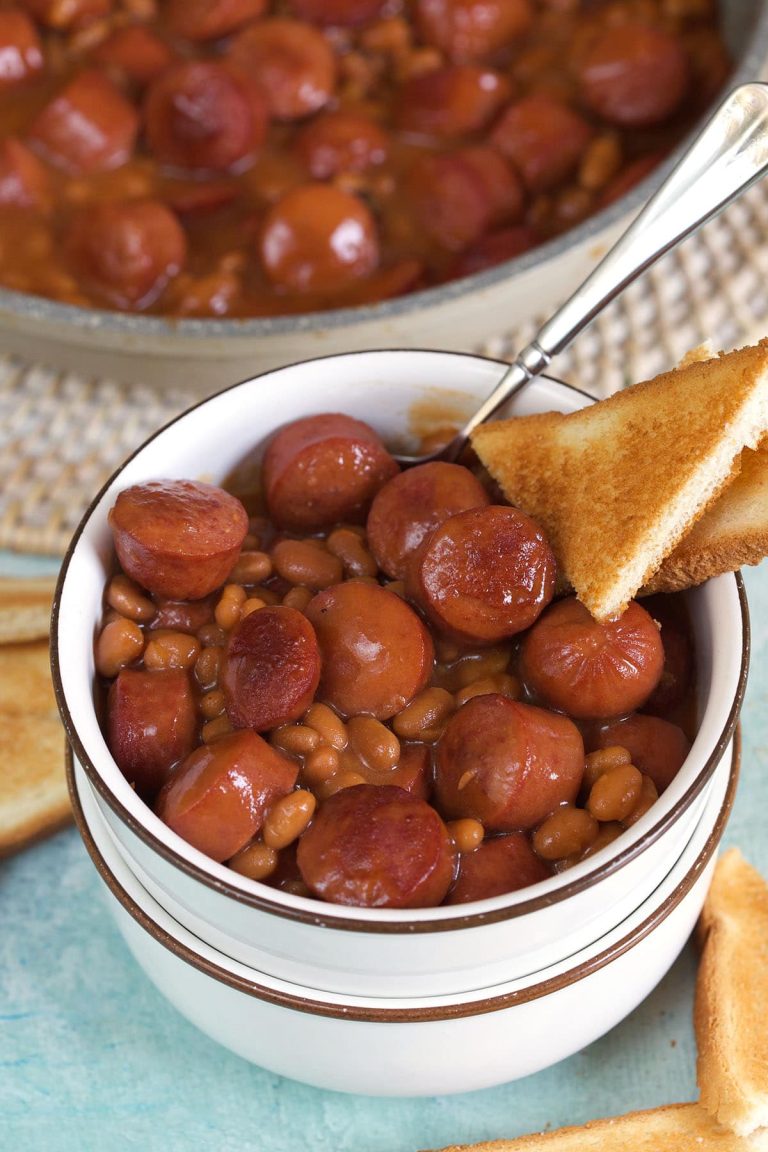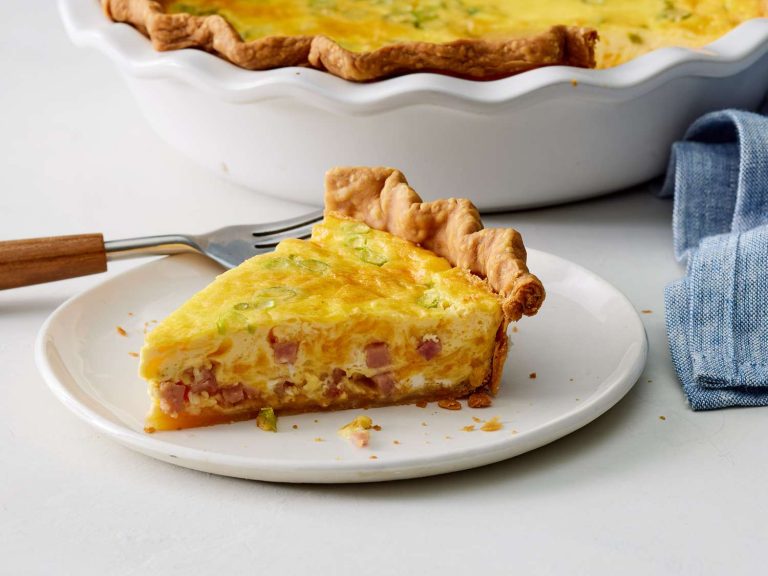Shoo Fly Pie Recipe: Discover the Charm and Tradition
Shoo Fly Pie’s history traces back to the Pennsylvania Dutch community in the 18th century. Contrary to its whimsical name, which purportedly refers to the act of shooing flies away from the sticky molasses, this pie is a cultural staple. Traditionally, ingredients were limited to pantry staples, making it accessible even during hard times. The primary components included flour, molasses, sugar, and water, offering a simple yet satisfying dessert that has endured for centuries. Shoo Fly Pie showcases resourcefulness and culinary inventiveness of early settlers.
Regional Popularity
Shoo Fly Pie remains most popular in regions with a strong Pennsylvania Dutch influence, particularly in Pennsylvania, Ohio, and Indiana. Many local bakeries and restaurants in these areas feature this pie as a nostalgic favorite, often highlighted in Amish and Mennonite communities. Festivals and fairs also celebrate its enduring appeal, with many events centered around traditional foods. For instance, the Kutztown Folk Festival features multiple vendors selling this classic treat. Shoo Fly Pie enjoys a unique cultural status, embodying rich traditions and regional pride.
What Makes My Grandma’s Shoo Fly Pie Special?
Secret Ingredients
Grandma’s Shoo Fly Pie features distinct ingredients that set it apart from others. One key element is her molasses, sourced from a local farmer’s market. This fresh molasses offers depth and richness that enhances the pie’s flavor. Another crucial component is the homemade pie crust made from scratch using lard, flour, salt, and cold water. This crust ensures perfect flakiness and a buttery taste. Additionally, Grandma incorporates a blend of spices like cinnamon and nutmeg, adding warmth and complexity.
Traditional Cooking Methods
Grandma’s traditional cooking methods elevate her Shoo Fly Pie. She uses a ceramic pie dish, which helps distribute heat evenly, ensuring a consistent bake. The pie is baked at a low temperature, around 325°F, to develop a rich, caramelized molasses layer without burning. Grandma relies on visual cues, such as a golden-brown crust and a slightly firm filling, to determine when the pie is done. This meticulous attention to detail, rooted in time-honored techniques, results in a perfectly balanced Shoo Fly Pie every time.
Comparing Traditional and Modern Recipes
Differences in Ingredients
Traditional recipes for Shoo Fly Pie, like your grandma’s, often use fresh molasses, lard, and a simple mix of flour, sugar, and eggs. Molasses provides a deep, rich flavor, making it a key ingredient. Lard in the pie crust results in a tender, flaky texture.
Modern recipes frequently substitute these ingredients. You might find corn syrup instead of molasses, offering a milder sweetness. Shortening or butter often replaces lard, which is more readily available and versatile. Additionally, some contemporary versions include spices like cinnamon or nutmeg for extra flavor complexity.
Variations in Preparation
Preparation methods also differ between traditional and modern recipes. Your grandma might use a ceramic pie dish and bake the pie at a low temperature for a longer duration to achieve that caramelized molasses layer.
Modern approaches usually focus on convenience. You could use metal or glass pie dishes which heat more quickly, decreasing baking time. Some recipes suggest preheating the filling mixture on the stove before baking. Also, current techniques often prefer mixing all ingredients simultaneously to reduce preparation time, contrasting with the traditional step-by-step method that ensures thorough blending and even texture.
Adding these modern conveniences can alter the pie’s texture and flavor balance, making each version unique.
Cultural Significance of Shoo Fly Pie
Family Traditions
Shoo fly pie often serves as a cherished element in family gatherings, particularly within Pennsylvania Dutch communities. Generations pass down the recipe, from grandparents to grandchildren, preserving its authenticity. Making the pie typically involves family members in each step, from mixing ingredients to baking and sharing stories around the kitchen table. This collaborative effort not only strengthens family bonds but also ensures the preservation of culinary traditions. In many households, it’s a staple at holiday celebrations, where the rich, molasses-flavored dessert becomes a centerpiece.
Influence on Local Cuisine
Shoo fly pie significantly impacts local cuisine, especially in regions with strong Amish and Mennonite influences. Local bakeries and markets often feature variations of the pie, reflecting its deep-rooted presence. Beyond being a dessert, it symbolizes the area’s agricultural heritage, with ingredients sourced locally. It influences other regional dishes that adopt similar flavor profiles, integrating molasses and spices into cakes, cookies, and breads. Restaurants within these areas often include shoo fly pie on their menus, catering to both locals and tourists eager to experience traditional flavors.
Conclusion
Grandma’s Shoo Fly Pie isn’t just a dessert; it’s a piece of heritage that connects generations. Whether you prefer the traditional recipe with its rich molasses flavor or a modern twist with corn syrup, this pie remains a symbol of family and culture. The methods and ingredients may have evolved, but the essence of what makes Shoo Fly Pie special endures. It’s a testament to the enduring legacy of Pennsylvania Dutch traditions and the warmth of shared family moments. So the next time you bake or enjoy a slice, remember you’re partaking in a delicious piece of history.


